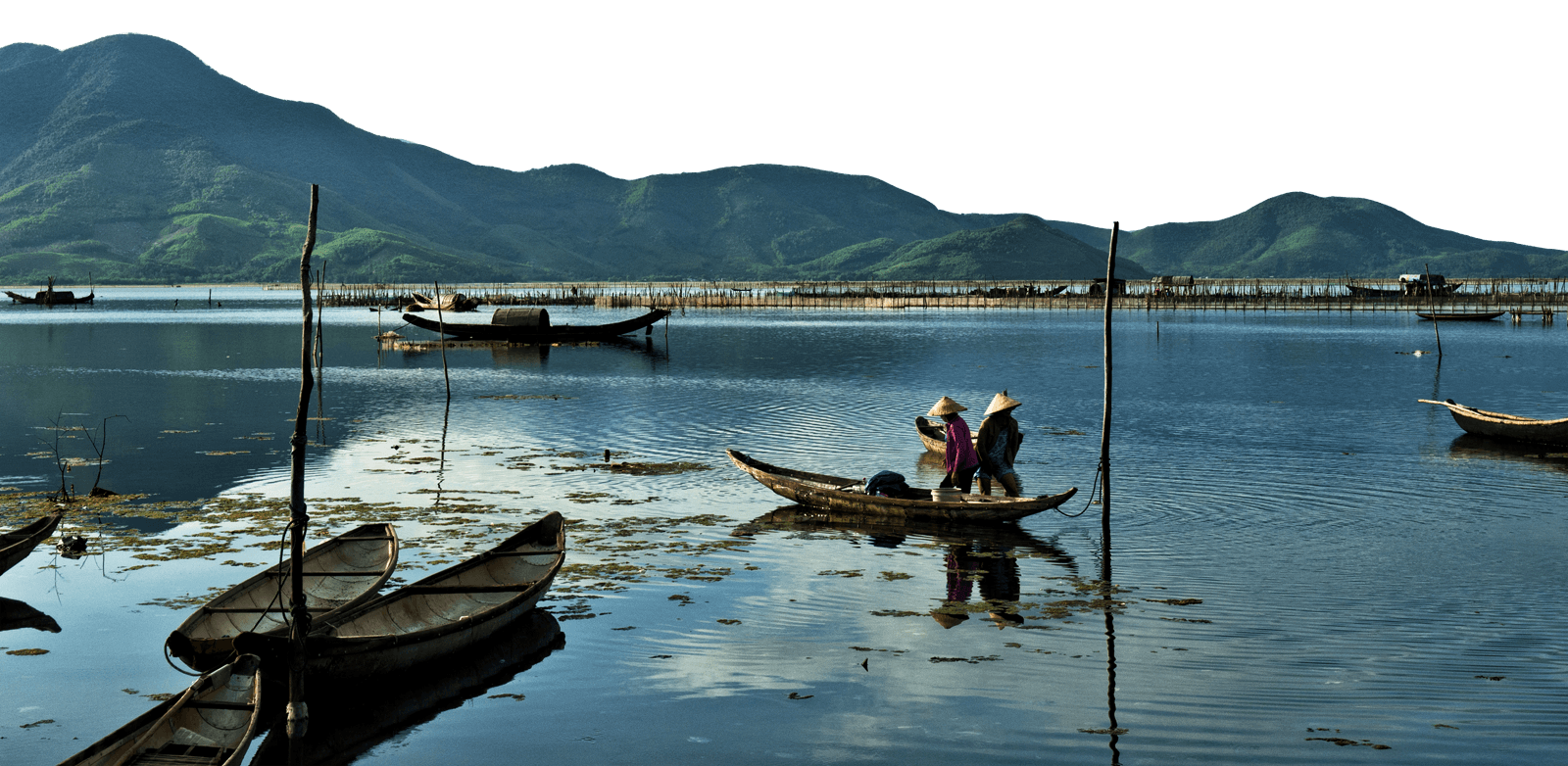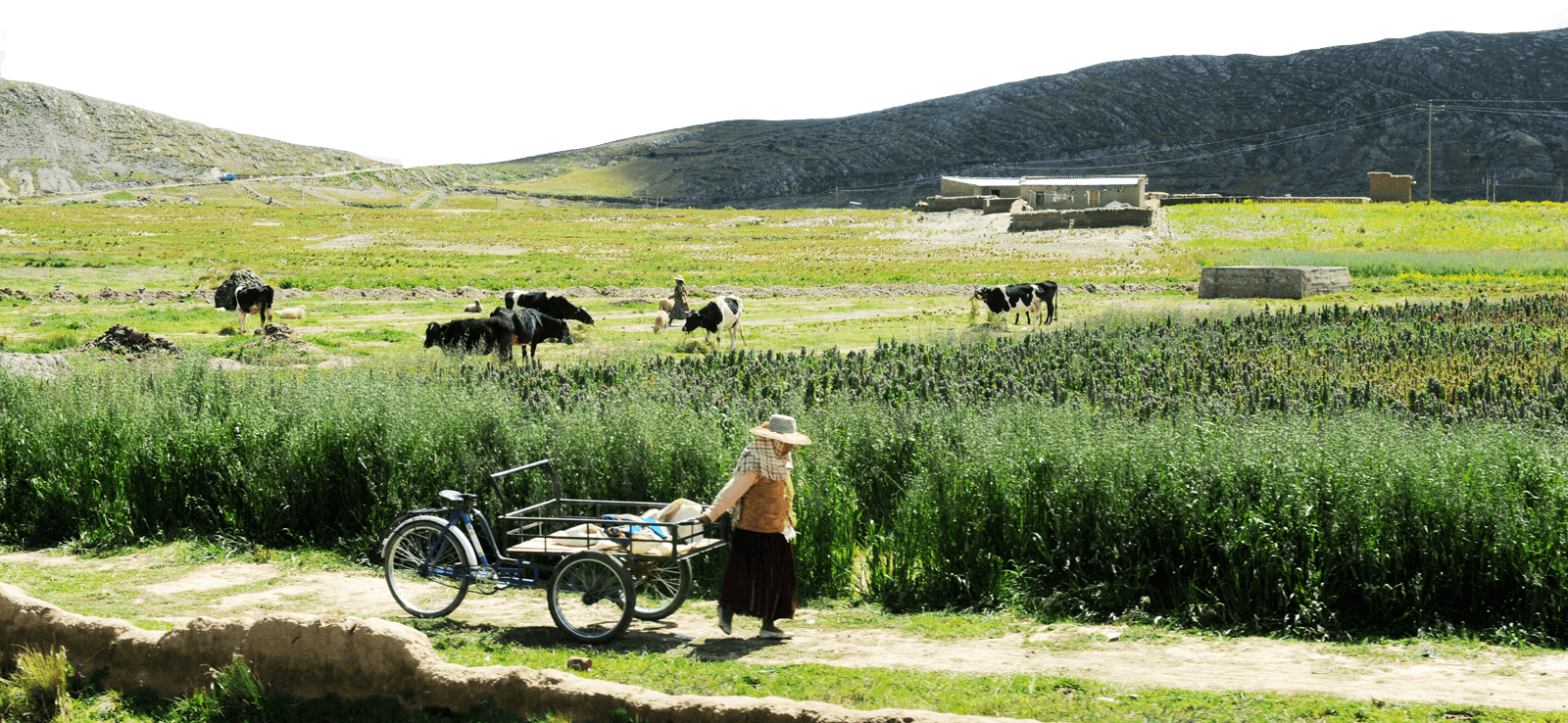Honduras: Building a National Agroecology Movement Against the Odds
This policy brief is adapted from a chapter of Food First Books’ forthcoming book Fertile Ground: Scaling Agroecology from the Ground Up, edited by Steve Brescia, Executive Director of Groundswell International.
Click here to download this Food First Policy Brief, or view in full below.
This case study describes the context for the development of Honduras’ decades-long movement to create ecologically appropriate farming systems, spread them across the landscapes, and defend the rights of small-scale family farmers. It highlights the work of Vecinos Honduras, an NGO that supports community-led development and agroecology primarily in Honduras’ drought-prone south, and the National Association for the Promotion of Ecological Agriculture (ANAFAE), an important network to which it belongs.
Don Elias Sanchez of Honduras once said, “If the mind of a campesino is a desert, his farm will look like a desert.” One of the early leaders of Honduras’s 40-year agroecology movement, Don Elias sought to improve agriculture by starting with people, not farms. He believed that if farmers’ innate creativity and motivation were cultivated (what he called “the human farm”), they could transform their farms, their lives, and their communities.
Don Elias started his career as an educator, and in 1974 joined the Ministry of Natural Resources to direct the training of agricultural extension agents. He became frustrated because while most Hondurans struggled in poverty on steep, mountainside farms, their harsh reality was largely ignored by agricultural professionals. Instead, extension agents promoted the inappropriate technology packages of conventional agriculture (hybrid seeds, fertilizers, and pesticides). He tried to introduce them to alternative thinking and expose them to the realities of rural life through field visits. “‘Technology transfer’ is an offensive concept,” he believed. “You have to transform people.”
In November of 1998, Hurricane Mitch devastated much of Central America, causing landslides and massive loss of soil and farmland. It was the region’s worst natural disaster in 200 years, affecting 6.4 million people. At Granja Loma Linda, a landslide came down the center of the ravine and buried Don Elias’ training center and home, even while some of his terraced plots on the hillsides survived. “This Mitch is a lesson I hope we will never forget,” said Don Elias at the time. The lesson was that even a model farm could not be protected if the upstream farmers were not practicing soil conservation. Agroecology needed to be scale up from something being practiced by isolated farmers, to an approach adopted across watersheds and landscapes. Don Elias died in 2000 as the reconstruction of his training center was nearing completion, but his dream lives on.
hondurasbrief_final


 Help Food First to continue growing an informed, transformative, and flourishing food movement.
Help Food First to continue growing an informed, transformative, and flourishing food movement.




